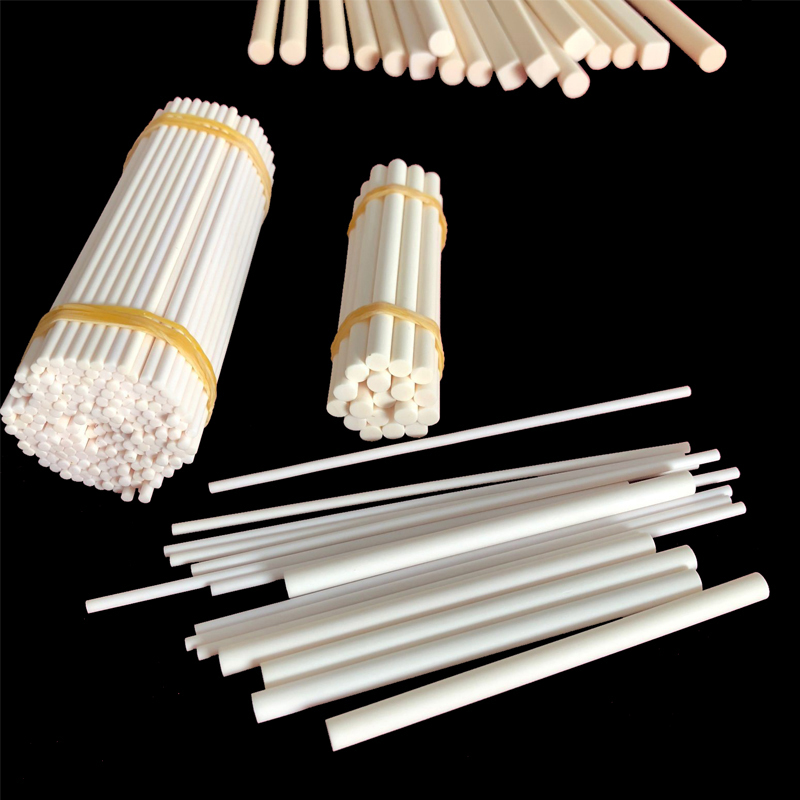Alumina Ceramic Rods Become Key Materials for Future Industries

Recently, an alumina ceramic rod, a ceramic material known as "industrial diamond," has attracted significant attention from the global academic, research, and industrial communities. Thanks to its performance that surpasses the limits of metals and plastics, this material is accelerating the replacement of traditional materials in strategic industries such as 5G communication, high-end medical care, and new energy. It is regarded as a key breakthrough for solving the "bottleneck" technical problems.
The "trump card" of the alumina ceramic rod (Al₂O₃) lies in its almost extreme physical properties: with a Mohs hardness of grade 9, it is just one step away from diamond, and its wear resistance is 20 times that of stainless steel; it can withstand high temperatures of 1800℃. At the same time, its chemical inertness enables it to resist the corrosion of strong acids and alkalis. It has successfully replaced metal components in semiconductor manufacturing, extending the service life of equipment by more than three times.
"This is not just an upgrade of materials, but a revolution in the logic of industrial design," said an expert from the Chinese Materials Research Society. "For the structural solutions of traditional mechanical components that were forced to make 'compromises' due to material limitations, there are now subversive options available."
In a production workshop of a 5G base station in Shenzhen, radio frequency filters made of alumina ceramic rods are being assembled in batches. "Compared with traditional metal devices, ceramic filters have reduced dielectric loss, enabling 5G signals to 'travel faster'."
The medical field is also witnessing a transformation. The orthopedic team of Peking Union Medical College Hospital has adopted alumina ceramic-polyethylene artificial joints. "Ceramics have an excellent compatibility with human tissues, and the harm caused by the wear-generated particles is only one-tenth of that of metals."
Conclusion
From the laboratory to the production line, the rise of alumina ceramic rods confirms a truth: every breakthrough in materials science is reshaping the ceiling of human technology. When this material, derived from one of the most abundant elements on Earth, begins to write the industrial legend of "turning stones into gold," perhaps we are standing on the threshold of a new round of materials revolution.

